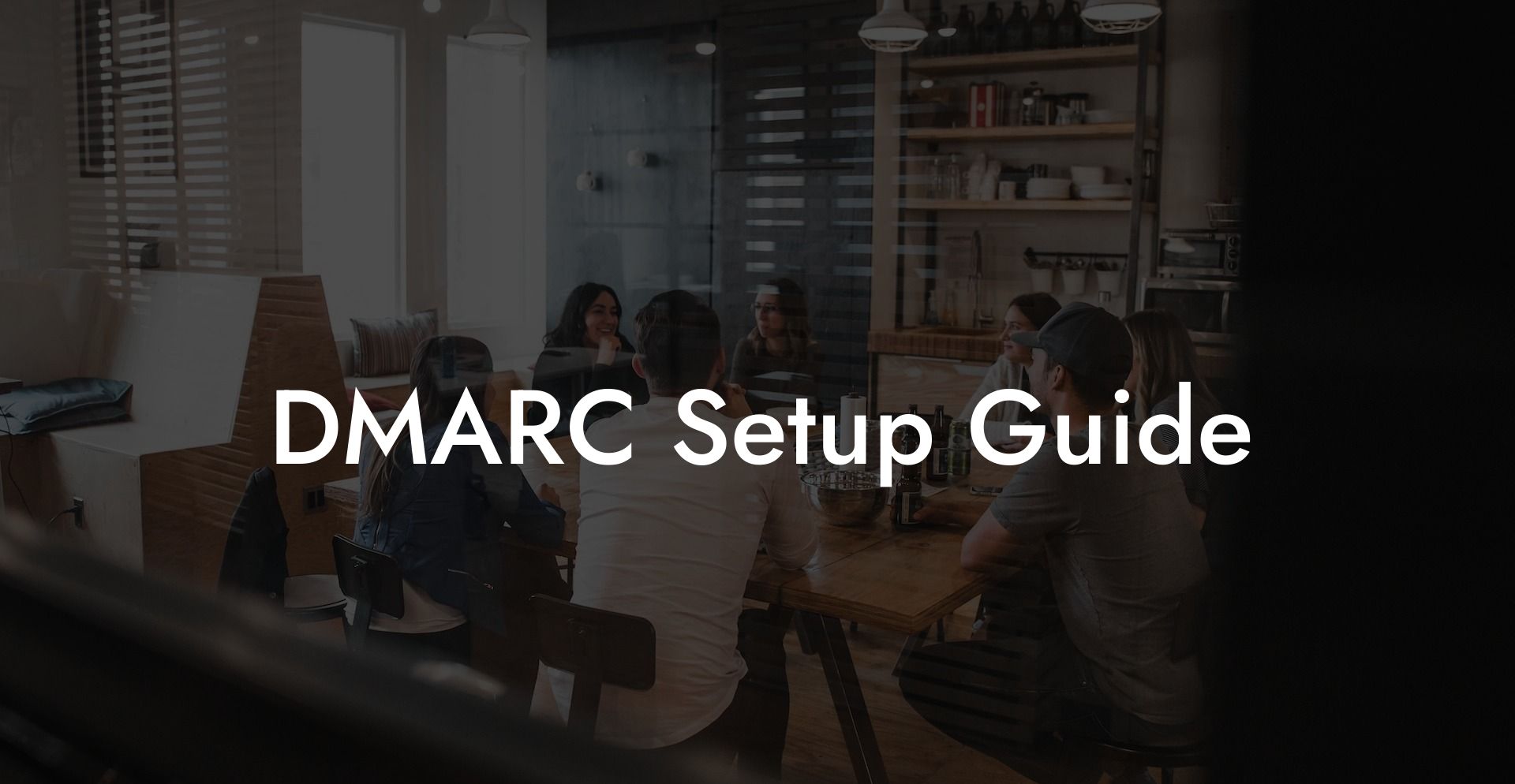In today's digital world, email security has become critical to the success of any online business. Imagine getting an email that appears to be from your favorite online store, but instead of a great deal or exciting promotion, it's actually a phishing attempt designed to steal your personal information. This is where DMARC (Domain-based Message Authentication, Reporting, and Conformance) comes into play. This essential email security tool combats email spoofing and phishing attacks, ensuring a safer online experience for everyone. In this DMARC setup guide, we will take you through the entire process, providing clear and engaging steps to help you protect your domain and your users.
DMARC Setup Guide Table of Contents
Understanding DMARC
DMARC is an email authentication protocol that brings together two existing technologies, SPF (Sender Policy Framework) and DKIM (DomainKeys Identified Mail). By implementing DMARC, domain owners can have more control over their email sending, ensuring that only legitimate sources use their domain for communications.
Step 1: Set up SPF
Protect Your Data Today With a Secure Password Manager. Our Top Password Managers:
Before implementing DMARC, make sure you have an SPF record in place for your domain. SPF allows email receivers to verify the IP addresses from which your domain can send mail. A correctly configured SPF record can help prevent spoofing attacks.
- Identify the IP addresses and domain names that are authorized to send email on behalf of your domain.
- Create a TXT record in your DNS settings, starting with "v=spf1", followed by a list of allowed IP addresses and domain names, separated by spaces.
- End your record with an "-all" qualifier to indicate that emails not coming from specified sources should be rejected or a "~all" qualifier to indicate a soft fail (mark as suspicious but not rejected).
Step 2: Set up DKIM
Next, DKIM should be implemented, which provides an additional layer of authentication by adding a digital signature to your emails. This proves to the receiver that the email has not been tampered with and is coming from a trusted source.
- Generate a DKIM public and private key pair for your domain. Many email systems, like Office 365 or Google Workspace, offer built-in DKIM support.
- Publish the public key as a TXT record in your DNS settings with a name like "selector._domainkey.yourdomain.com", where "selector" is a user-defined prefix that differentiates between multiple DKIM keys.
- Configure your email system to sign all outgoing emails with the private key, so the receivers can verify the signature with the public key.
Step 3: Create Your DMARC Record
With both SPF and DKIM in place, you're ready to create your DMARC record. This record tells email receivers how to handle emails from your domain and what reporting options you prefer.
- Start your DMARC record in your DNS settings as a TXT record with a name like "_dmarc.yourdomain.com".
- Begin the record with "v=DMARC1", followed by a semicolon.
- Add the "p" tag to specify the policy for non-aligned emails (none, quarantine, or reject). For example, "p=quarantine".
- Include the "rua" tag to provide an email address where Aggregate Reports should be sent. For example, "rua=mailto:dmarc-reports@yourdomain.com".
- Add any optional tags, such as "pct" for the percentage of emails subjected to the policy, "adkim" or "aspf" to specify strict (s) or relaxed (r) identifier alignment, and "ruf" for Forensic Reports email addresses.
DMARC Setup Guide Example:
An example of a complete DMARC record:
v=DMARC1; p=quarantine; rua=mailto:dmarc-reports@yourdomain.com; pct=100; adkim=r; aspf=r;
This record specifies that non-aligned emails should be quarantined, Aggregate Reports should be sent to "dmarc-reports@yourdomain.com", 100% of emails will be subjected to the policy, and both DKIM and SPF identifier alignment are set to relaxed mode.
Congratulations! By following this DMARC setup guide, you have taken a crucial step to protect your domain from email spoofing and phishing attacks, ultimately building trust with your email recipients. Remember to monitor your reports and make adjustments as needed to ensure continued protection. Please share this article with others who might benefit and explore our other Voice Phishing guides for further information on cybersecurity best practices.
Protect Your Data Today With a Secure Password Manager. Our Top Password Managers:















